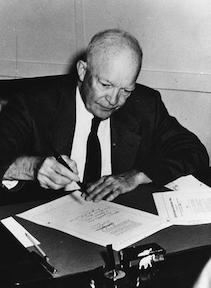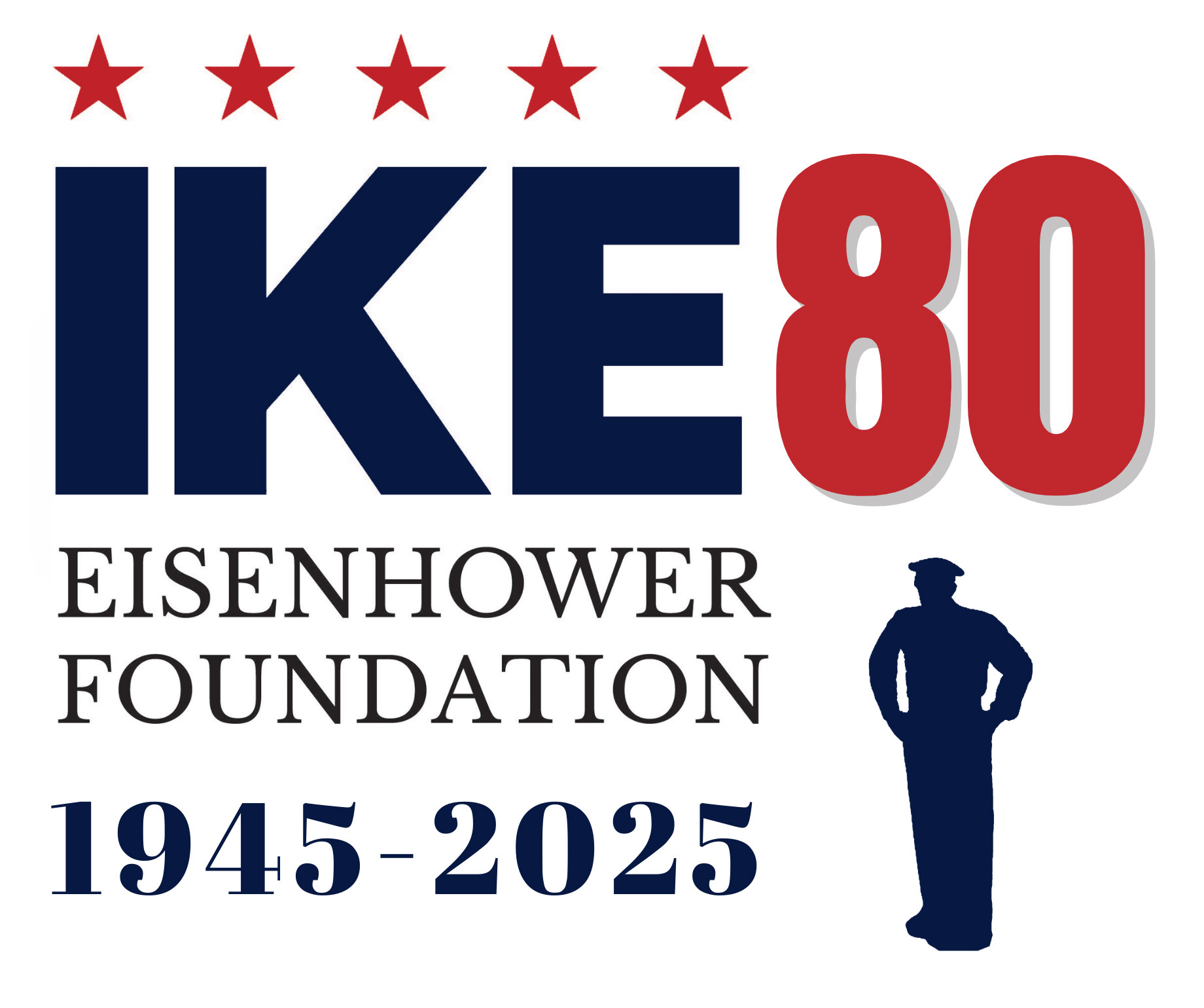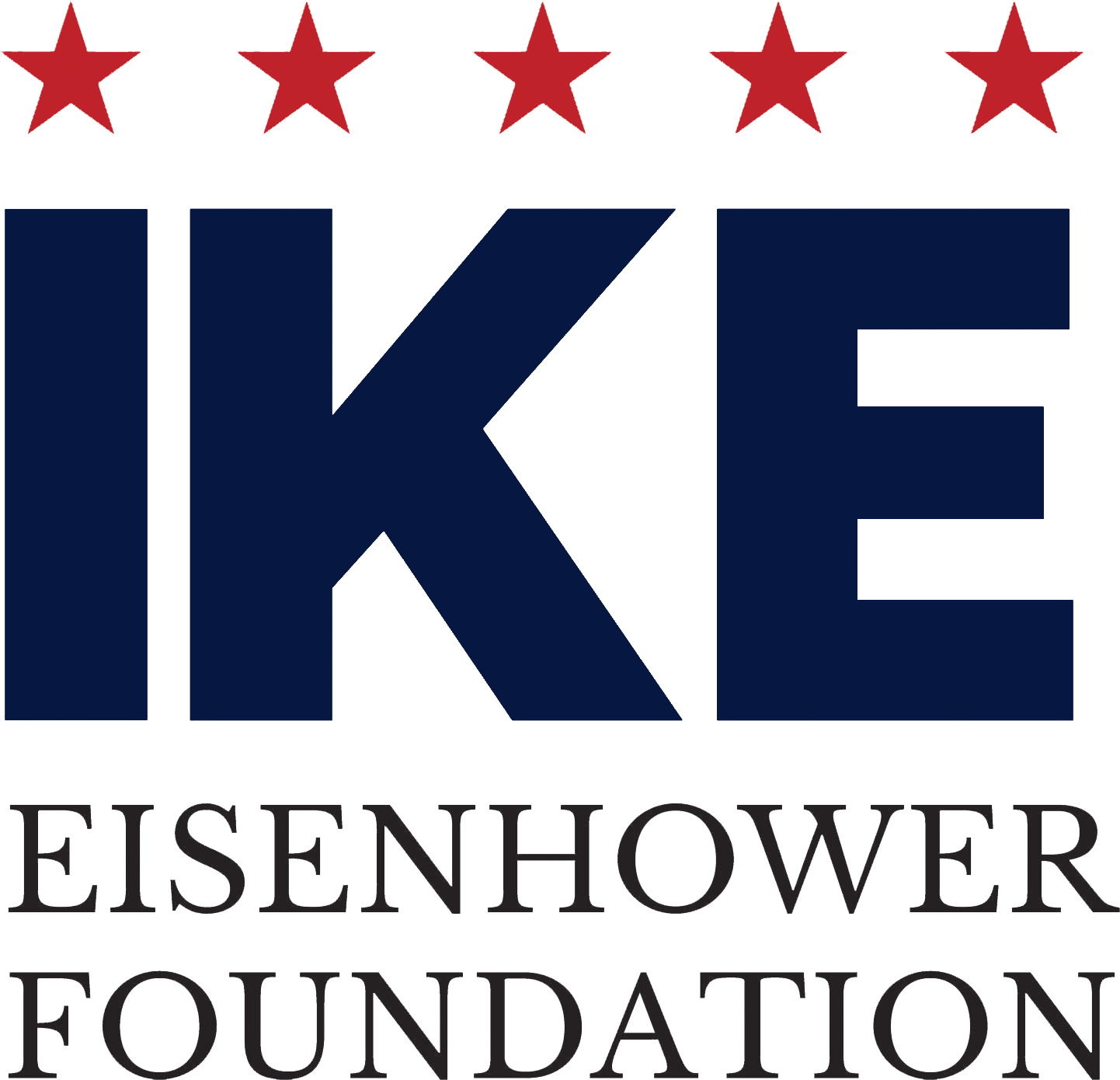
If Dwight D. Eisenhower had known in 1956 how contentious and difficult his second term would be, he might have been even more reluctant to consider reelection. From Election Day 1956 until he left office on January 20, 1961, it seemed that his job was one crisis after another.
Eisenhower lost two valued members of his team during his second administration: Sherman Adams and John Foster Dulles. Adams was both liked and respected by the White House staff for his extraordinary management and organizational skills. Considered a “scrupulously” honest man, Adams, nevertheless, made the mistake of accepting gifts from a friend, a wealthy New England industrialist.
Adams, “informally, the president’s White House chief of staff,” had acquired an impressive list of enemies in Congress and among some of Eisenhower’s close friends. When they learned of his indiscretion, it was only a matter of time before Democrats in Congress began demanding his resignation. By early September 1958, the clamor had reached a pitch that Eisenhower could not ignore. Five days after meeting with the president, Adams submitted his resignation. Wilton B. Persons, Adams’ second in command, replaced him. Adams’ New England reserve and bluntness were replaced by the warmth of Persons’ southern charm and sense of humor.









